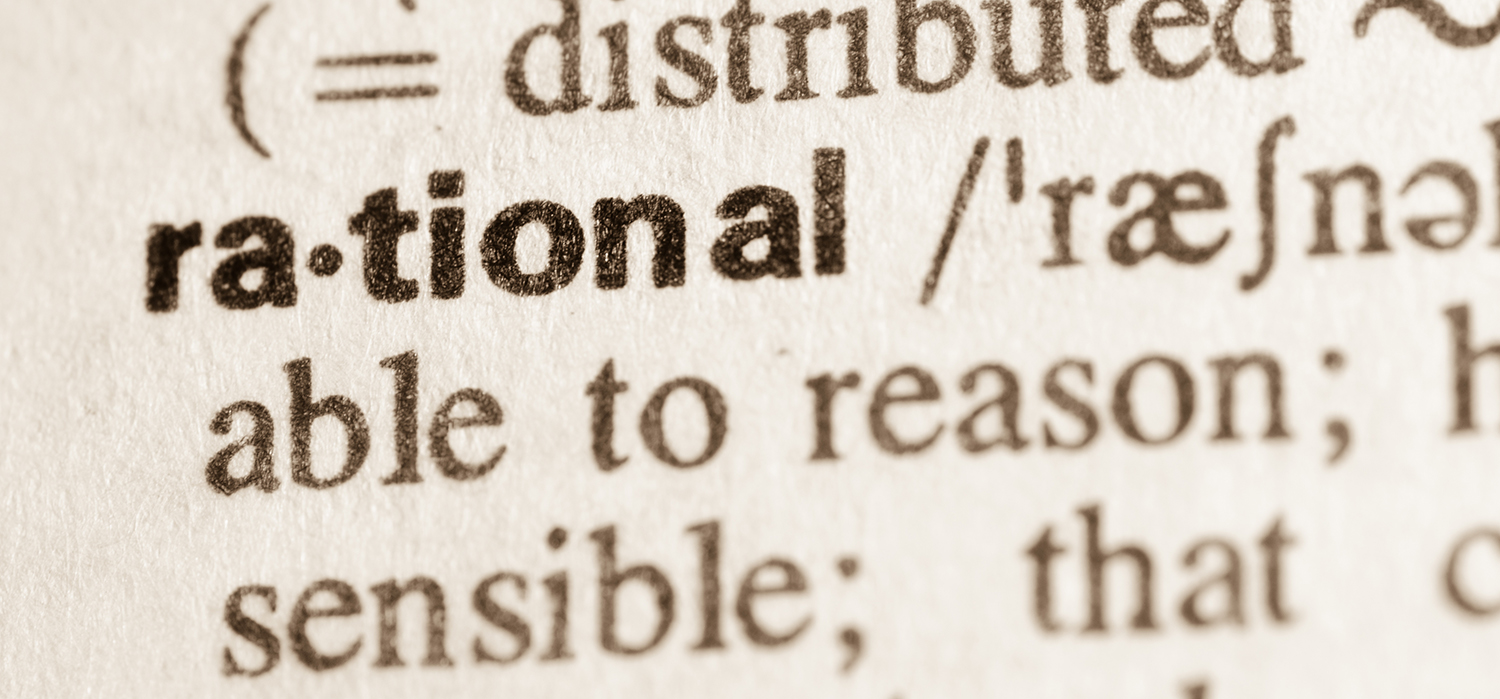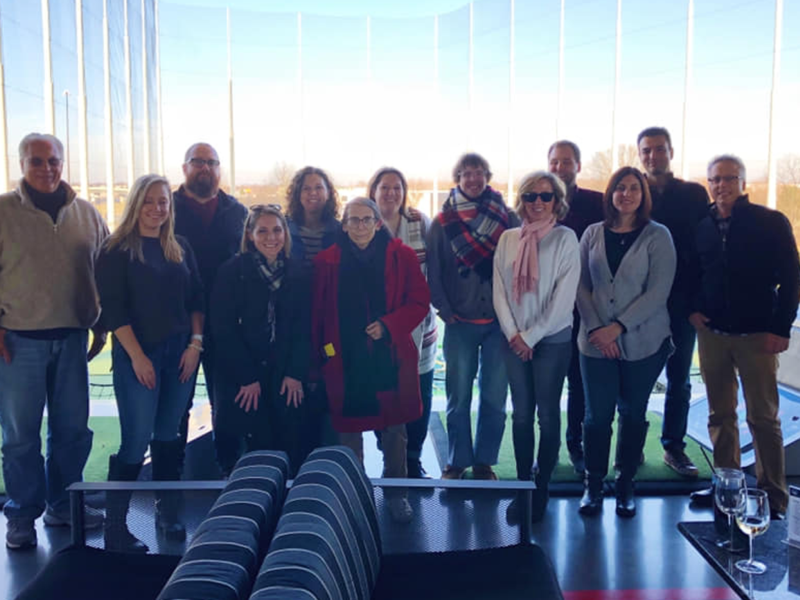
You’re not as rational as you think you are
You probably think you’re a fairly rational person. Most people do. You believe there are reasons for what you do. Beyond that, you believe that you know and understand those reasons and that they generally adhere to some consistent sense of logic. You have a firm set of beliefs and those beliefs dictate the decisions you make, right? Well sure, some of the time. But a lot of the time, no. For much of your daily life, you’re running on autopilot, relying on your brain to act in your best interest when it’s all but incapable of doing so. And even when you’re fully, consciously focused on a decision, your brain can easily relay bad, biased or inaccurate information, leading to decisions that range from harmlessly illogical to downright detrimental.
Broadly speaking, behavioral economics studies and seeks to understand how we choose to do what we do. It’s a fascinating field that I was initially drawn to when getting my MBA. Recently, my interested was rekindled after reading Nobel-Prize recipient Daniel Kahneman’s book, Thinking, Fast and Slow. In it, Kahneman provides a framework for understanding many of the ways our brains fail to do what we think they do. He draws on myriad studies conducted throughout his career to illustrate and expound on these.
Several of his studies have lingered in the back of my mind over the past several months. One in particular stands out for highlighting how bad we are at gauging how much pleasure or pain an experience brought us. In this particular instance, participants were brought in for a session that involved multiple activities, including a set that constituted the true nature of the experiment. Early on, participants were asked to place their hands in water that was cold enough to cause physical discomfort. After 60 seconds, they were allowed to remove and warm their hands. A little while later, this was repeated, but at the 60-second mark, a small bit of warm water was added to lessen the discomfort. After 30 seconds of the still-uncomfortable-but-not-quite-as-uncomfortable water, they were allowed to remove and rewarm their hands. A bit later, they were given the choice as to which experience to repeat. Care to guess how most of them chose?
While everyone would be going through the same 60 seconds of discomfort, the overwhelming majority opted to add an extra 30 seconds of slightly reduced discomfort on top of it. This held true as all other variables were accounted for. A variety of follow up studies, including one looking at patients who underwent minor surgeries while awake, replicated and increased our understanding of the effect. Simplistically stated, our brains tend to evaluate and rate the pain (or pleasure) of many types of experiences by combining our memories of their most intense moment with how painful (or pleasurable) they were as they concluded.
Of course this is counter to how most of us assume our memories work. If asked whether you would like to be in pain for 60 seconds or be in the same amount of pain for 60 seconds followed by slightly less pain for an additional 30 seconds, you would always choose the former. But if you were simply remembering the two events, you would most likely choose the extra 30 seconds of reduced pain. And equally interesting, if you did happen to choose the 60-second experience, your future memory of it would be worse than if you chose the 90-second experience.
So what can we do with this knowledge in our professional lives? Well, quite a bit. Knowing that our brains largely discount the duration of an experience in favor of evaluating it based on its most extreme and closing moments, our priorities for some activities likely shift. If we’re managing a negative interaction, such as dealing with a customer or client who has had a problem with our product, we know we don’t necessarily want to focus on keeping the interaction brief. Rather, we want to avoid words or actions that trigger flare-ups in their frustration and end on the most positive note possible. Similarly, if we’re presenting positive information to a customer, we want to have at least one truly impressive moment in the presentation and end it with them feeling good about what we’ve had to say.
On the flip side, we know not to place blind faith in our memory’s ability to recall and compare two similar events. It’s easy to envision scenarios where a vendor/supplier/employee/colleague provided a superior outcome to one of their peers, yet our minds refuse to remember it that way due to the particulars. For example, say you’re evaluating the past year’s experience with two vendors. Say that Vendor A always provided you with service that you would rank as 8/10. Vendor B usually provided you with service that you would rank as 6/10, but had one instance that would be 10/10 and recently had another that would be 9/10. Going strictly off your memories, you would likely favor Vendor B, even though most would agree they would rationally prefer Vendor A. The takeaway? Whenever possible, review and rely on data, not just your own recall.
If you find this type of exploration of our decision making processes interesting, I highly recommend picking up your own copy of Thinking, Fast and Slow. Or checking back with our blog, as I’ll be touching on several more examples of Kahneman’s research in future entries.








